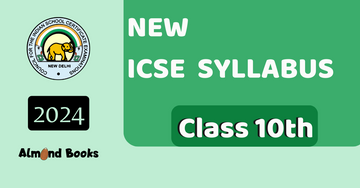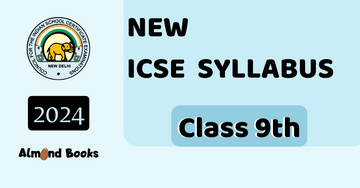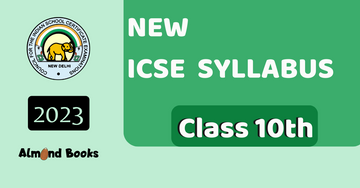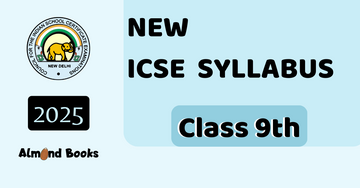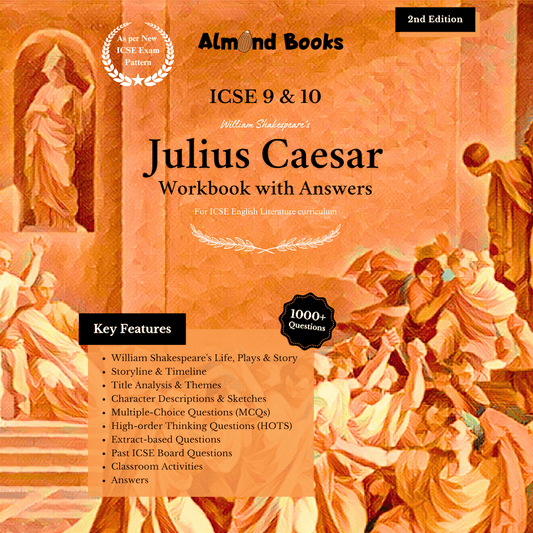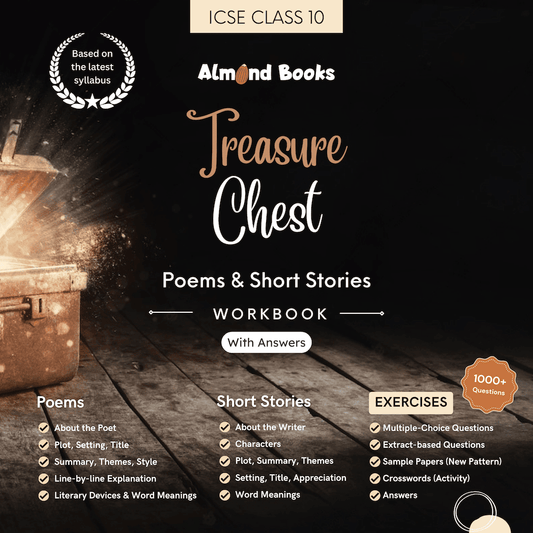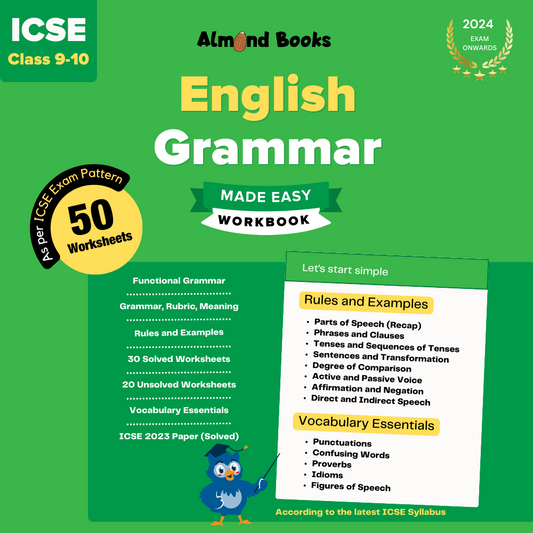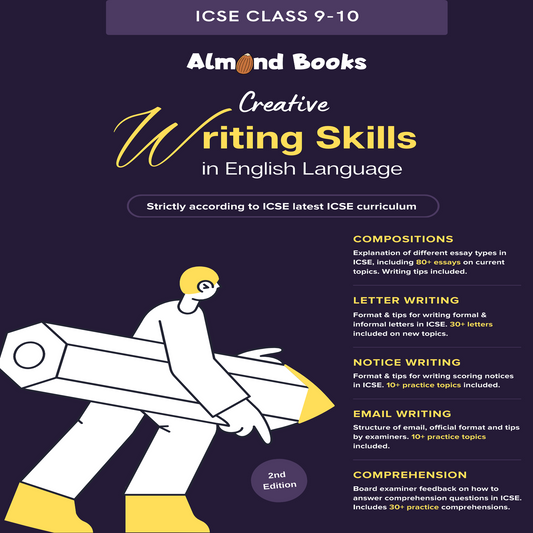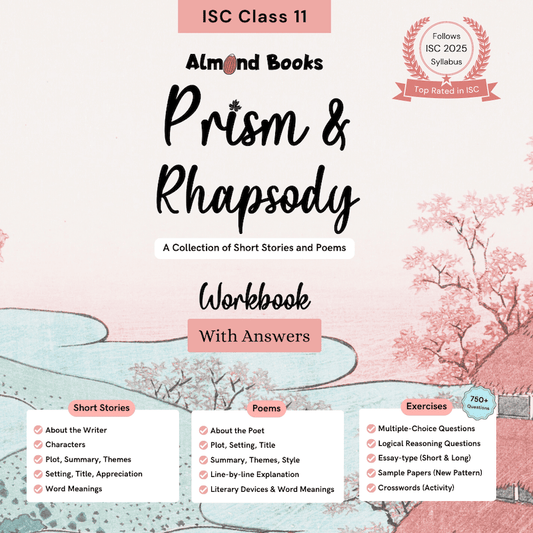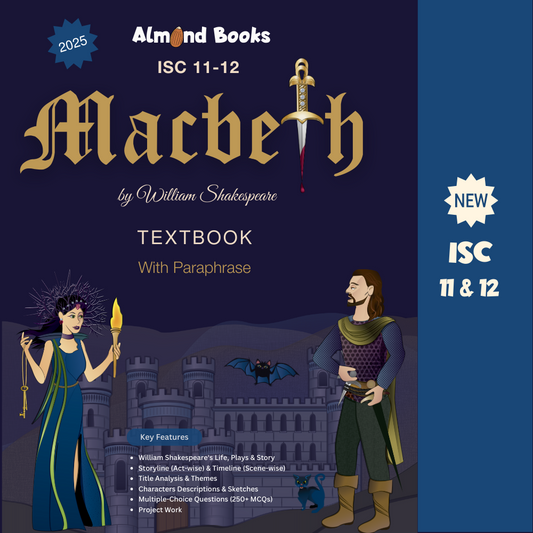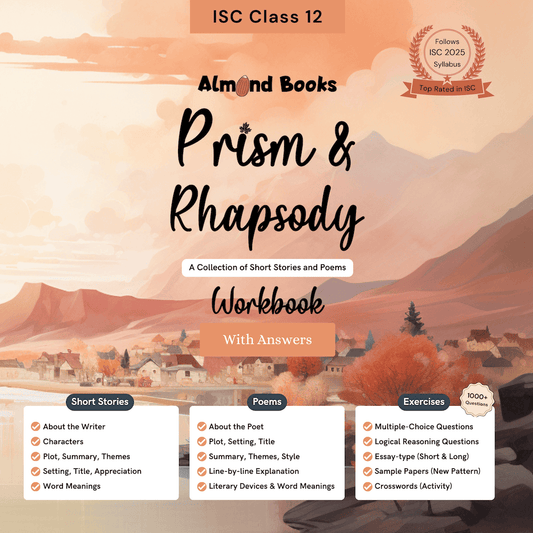| Topic |
Contents |
| 1. Human Growth and Development |
- Growth and Development
- Meaning of growth and development and difference between the two
- A brief understanding of the Stages: Infancy (0 to 5 years), Childhood (5 to 12 years), Adolescence (12 to 19 years), Adulthood (19 to 65 years and above)
- Factors that influence Human Growth and Development
- Hereditary, Environmental, Gender, Nationality, Nutrition.
|
| 2. Physical Education |
- Meaning of Physical Education
- Objectives of Physical Education
- Physical development, psychological development, Social development, Emotional development.
|
| 3. Body Types |
- Endomorph, Mesomorph, Ectomorph.
|
| 4. Physical Fitness |
- Meaning of Physical fitness and its importance.
- Components of Physical Fitness.
- Cardiovascular/respiratory endurance, Stamina, Strength, Flexibility
- Power, Speed, Coordination, Agility, Balance, Accuracy.
- Factors affecting Physical Fitness.
- Hereditary, Nutrition, Environment, Training (facilities and methods), Illness, Selfmotivation, Emotional stability, Lifestyle, Posture
|
| 5. Sports Training |
- Meaning of Sports Training
- Importance of sports training and its objectives.
- Builds up strength and endurance, improves skill levels, Builds motivation, ambition and confidence, Improves knowledge of the their sport, Increases muscle tone, Facilitates good circulation, Improves agility and flexibility, Improves the rate of waste product disposal, Speeds up recovery time, More resistant to injury and illness, Improves concentration, Increases self-esteem.
- Principles of Sports Training.
- Individuality, Specificity, Progression, Overload, Adaptation, Recovery, Reversibility, Variance, Frequency, Continuity, Active participation, Periodization, Intensity. A brief understanding of the above.
|
| 6. Safety in Sports |
- Sports related injuries.
- Muscle strain/Pulled muscle, Torn ACL (anterior cruciate ligament), Torn MCL (medial collateral ligament), Shin splints, Stress fracture, Fracture, Plantar fasciitis, sprained ankle, Tennis elbow, Low back pain, Hip Bursitis, Concussion, Achilles tendonitis, Runner's knee.
- A brief understanding of the sports injuries and first aid for these injuries.
- Prevention of injuries.
- Warming up and cooling down to be done; fitness of the participant; use of correct equipment and maintaining equipment; Proper knowledge of rules of the game/ sport; Wearing the recommended protective gear; importance of resting between workouts; supervision of coach / teacher; proper training of skills and techniques; safe facilities.
|
| 7. Health Education |
- Meaning and Importance of Health Education
- Nutrition
- Meaning of Nutrition and balanced diet. Balanced Diet - basic constituents, functions and sources: Carbohydrates, Proteins, Fats, Vitamins, Minerals, Water, Fiber;
- A brief understanding of malnutrition - undernutrition and overnutrition
- Dietary modification for Sportsperson
- Calories (carbohydrates; Proteins; Vitamins; Fluid; Salts (sodium etc.)
- Meal planning guidelines for various physical activities with sample menus.
|
| 8. Careers in Physical Education |
- Various career options in Physical Education
- Coach, Physical Education Teachers, professional sportsperson, Sports management, Commentators, Officials.
- A brief understanding of the above
|
| Section - B
Any two of the following games are to be studied:
Cricket, Football, Hockey, Basketball, Volleyball, Badminton.
The details for each game are given below:
|
| 1. Cricket |
- Knowledge of the game
- Rules of the game
- The Field of play: Diagram of the cricket field and pitch with measurements and specifications; The Ball (Shape, Material, Circumference, Weight); The Bat (Length, Width, Material); Stumps and bails (Height, Width); The Players (Number of players (playing eleven and substitutes); Substitutions; The Players’ Equipment; Compulsory equipment; Types of matches (One day, Five days, Four days and T20); Officials and their duties (2 field umpires, 1 third umpire, 1 match referee and 2 scorers); The Ball in and out of Play; Ways of a batsman getting out.
- Fundamental skills and technique
- Batting (On drive, off drive, Square cut and Leg glance); Fielding (Close catching, catching 'In the outfield', Long barrier and Throwing); Bowling (In swing, Out swing, Yorker and Full toss); wicketkeeping (Footwork, Catching the ball, and Diving).
- Terminology
| Maiden over |
Hat Trick |
Extra |
| Dead Rubber |
Seam Bowling |
Over |
| Dead Rubber |
Seam Bowling |
Over |
| No Ball |
Bouncer |
Sight Screen |
| Bump Ball |
Danger Area |
Powerplay |
| Overthrow |
Declaration |
Appeal |
| Bodyline Bowling |
Dot Ball |
Substitute |
| Dead Ball |
Ball Tampering |
Century |
| Follow-on |
Golden Duck |
Nick |
| Night Watchman |
Tail Ender |
Pull Shot |
| Innings Defeat |
Cover Drive |
Innings |
| Straight Drive |
Sweep shot |
Hook Shot |
| Reverse Sweep |
Upper Cut |
Late Cut |
| Leg glance |
Pull shot |
Flick Shot |
| Beamer |
Off Cutter |
Leg Cutter |
| Short Pitch |
Full length Delivery |
Reverse Swing |
- National and International governing bodies of Cricket
- BCCI - Board of Control for Cricket in India
- ICC - International Cricket Council.
- National and International tournaments
- National Tournament: Ranji Trophy, Duleep Trophy, Vijay Hazare Trophy, Deodhar Trophy, Irani Trophy, Indian Premier League International Tournaments: ICC Cricket World Cup, ICC champions Trophy, ICC World T20, World Cricket League
|
| 2. Football |
- Knowledge of the game
- laws of the game
- The Field of play: Diagram of the Field with Measurements and Specifications, Height and Width of Goalpost, Height of Corner flags
- The Ball: Shape, Material, Circumference, weight, Air pressure
- The Players: Number of players (playing eleven and substitutes), Number of substitutions allowed in a match, Substitution procedure
- The Players’ Equipment, Compulsory Equipment
- The Referee: Powers and Duties, Compulsory Equipment, Referee signals
- Other match officials: Assistant Referees: Duties and Signals; Fourth official: Duties; Additional assistant referee: Duties; Reserve assistant referee: Duties
- The Duration of the Match: Periods of play, Halftime interval, Allowance for time lost, Penalty kick, Abandoned match
- The Start and Restart of Play: Kick-off and its Procedure (start, both halves, both halves of extra time and restarts play after a goal), Free kicks and its Procedure (Direct and Indirect), Penalty Kicks and its Procedure, Throw-in and its Procedure, Goal kicks and its Procedure, Corner Kicks and its Procedure
- The Ball in and out of Play Determining the outcome of a match: Goal scored, Winning team, Kicks from the penalty mark
- Offside: Offside position, Offside offence, No offence
- Fouls and Misconduct: Direct free kick, Indirect free kick, Disciplinary action (Yellow card and Red card), Restart of play after fouls and misconduct
- Fundamental Skills and Technique
- Passing (Short pass and Long pass); Trapping (Step trap, inside trap, Thigh trap, Chest trap and Head trap); Shooting (Instep, Swerve shot, Chip and toe punt); Dribbling; Receiving; Heading; Tackle; Goalkeeping.
- Terminology
| Advantage |
Zonal Marking |
Sliding Tackle |
| Through Pass |
Quarter Circle |
Man-to-man marking |
| Additional time |
Extra time |
Nutmeg |
| One-on-one |
Step- over |
Technical Area |
| Volley |
Half Volley |
Attacker |
| Defender |
Chip |
Cross |
| Overlap |
Lob |
Banana Kick |
| Wall Pass |
Goal Line Technology (GLT) |
- National and International Governing Bodies
- AIFF - All India Football Federation
- FIFA - Federation Internationale de Football Assosciation
- IFAB - International Football Assosciation Board
- National and International Tournaments
- National Tournament: Santosh Trophy, Subroto Cup, Federation Cup, Durand Cup, I – League International Tournament: FIFA World Cup, UEFA European Championship, AFC Cup
|
| 3. Hockey |
- Knowledge of the game
- Rules of the game
- Field of play: Diagram of the Field with Measurements and Specifications
- Composition of teams: Number of Players, Substitution rule for Field players and Goalkeepers
- Captains: Identity and Responsibility Players’ clothing and equipment: Uniform and equipment of field players, Goalkeepers Match and result: Duration of the match and half time, Result of match
- Start and re-start of the match: Procedure of Start (centre pass) and Re-start (Bully, Free hit, Second half) Ball outside the field: Procedure to re-start from different areas, side line, back line, after every goal Method of scoring
- Conduct of play: Players, Goalkeepers and Players with Goalkeeping Privileges; Umpires (Responsibilities of Umpires).
- Penalties and procedures for taking penalties: Awarding: Free Hit, Penalty Corner and Penalty Stroke; Procedures: Free hit, Penalty corner, Penalty stroke
- Personal Penalties: Cautions (Verbal warning); Temporary suspension: Green Card - 2 minutes suspension, Yellow Card- 5 minutes suspension; Permanent suspension (Red Card)
- Equipment Specifications
- Field Equipment: Goal-post: (side board, back board and net); Flag post
- Hockey Stick (Specification and Properties) Ball: Shape, Material, Circumference, Weight, Colour
- Fundamental Skills and Technique
- Passing (Push, Drive and Sweep)
- Trap ( Upright stop & Flat stop)
- Dribbling ( Straight dribble, Loose dribble, Indian dribble, Dribbling pullback, one hand dribble: right hand an reverse side)
- Shooting, Goalkeeping
- Terminology
| Forehand |
Playing Distance |
Tackle |
| Back Stick |
Dangerous Play |
Field Goal |
| Obstruction |
Raised Ball |
High Stick |
| Hooking |
Reverse Stick |
Push |
| Scoop |
Advantage Flick |
High Ball |
| Shooting Circle |
Under Cutting |
Jab |
| Foot |
Give and Go |
Carry the Wall |
| Centre Pass |
Back Pass |
Reverse Hit |
| Rebound |
Rusher |
Long Corner |
| Through pass |
Stroke |
Cross |
| 16-yard hit |
- National and International Governing Bodies
- FIH - Fédération Internationale de Hockey (French)
- IHF - Indian Hockey Federation
- National and International tournaments
- National Tournaments: All India Gurmeet Memorial Hockey Tournament. Chandigarh, All India Chhatrapati Shivaji Hockey Tournament. Delhi, All India Indira Gold Cup Hockey Tournament, Jammu.
- International Tournaments: Sultan Azlan Shah Hockey Tournament, World Hockey Cup, Champions Trophy.
|
| 4. Basketball |
- Knowledge of the game
- Rules and Regulations of the game
- Court: Diagram of the court with Dimensions and Specifications, Meaning of Court areas, lines, circle, semi-circle, position of the scorer's table and substitution chairs. Equipment needed to conduct the game
- Teams: Definition, Rules, Players uniform Injured players
- Captain and Coaches: Duties and powers Duration of Play Playing time, Tied score and Extra periods
- Status of the ball: Ball Live, Ball Dead
- Jump ball and Alternating possession: Jump ball: Definition, Procedure and Situations; Alternating possession: Definition and Procedure
- How the ball is played: Definition and Rule
- Control of Ball: Definition, Team Control: Continues and Ends
- Goal: When made and its value, Definition, Rule of scoring
- Throw-in, time-out, substitution: Definition, Rules and procedures
- Game Lost by Forfeit, default, violation: Rules and Penalty
- Player out of bounce and Ball Out of Bounds: Definition and Rule
- Dribbling: Definition, a dribble starts, a dribble ends, rule for dribbling
- Travelling: Definition, Pivot
- Closely Guarded player: Definition and rule
- 3 Seconds rule, 8 Seconds rule, 24 Seconds rule and procedure
- Ball returned to backcourt: Definition, Rule and Penalty
- Goaltending and Interference: Definition and rule; Meaning and penalty of Interference; Penalty for The Respective Violations.
- Fouls – Definition; Personal Foul, Double Foul - Definition and Penalty; Technical Foul: Rules of conduct, Violence, Definition and Penalty; Unsportsmanlike Foul, Disqualifying foul - Definition and Penalty
- Fighting - Definition, Rule and Penalty; Penalty for the respective Fouls; Five fouls by a player; Team fouls: Definition and Rule.
- Contact: General principles: Cylinder principle, Principle of verticality, Legal guarding position, guarding a player who controls the ball, Guarding a player who does not control the ball, A player who is in the air, Screening (Legal and Illegal), Charging, Blocking, No charge semi-circle areas, Contacting an opponent with the hand(s) or arm(s), Holding, Pushing
- Free Throws - Definition, Rule and Penalty
- Duties and Powers of: Officials, Table officials and Commissioner; Referee; Scorer and Assistant Scorer; Timer; Short clock operator
- Fundamental Skills and Technique
- Dribbling (high dribble, change of pace, crossover, between the legs and behind the back)
- Passing (chest pass, bounce pass, baseball pass, outlet pass and no-look pass)
- Shooting (layup, jump shot, hook shot, free throw, bank shot and slam dunk)
- Defence (man to man defence, zone defence and combination defence)
- Offence (early offence, set offence, motion offence, zone offence and spread offence)
- Rebounding (Offensive and Defensive) Pivot
- Terminology
| Drive |
Fake |
Fast Break |
| Blocking |
Charge |
Carry |
| Screen |
Double Dribble |
Travel |
| Triple Threat |
Ball Handler |
Dead Ball |
| Front Court |
Loose Ball |
Held Ball |
| Dunk |
Field Goal |
Alley-Oop |
| Back Court |
Press |
Box out |
| Double Foul |
Jump stop |
Timeout |
| Air Ball |
Jump ball |
Game Clock |
| Block |
Possession Arrow |
- National and International Governing Bodies of Basketball
- BFI - Basketball federation of India
- FIBA - Federation Internationale De Basketball
- National and International tournaments
- National Tournaments: Youth National Basketball Championships, Federation Cup Basketball Championship, UBA Pro Basketball League
- International Tournaments: FIBA World, Championship, European Basketball Championship, FIBA Asia Championship
|
| 5. Volleyball |
- Knowledge of the game
- Rules of the game
- Ball: Shape, Material, Weight, Circumference, Air Pressure
- Composition of teams
- Players equipment and forbidden objects
- Team Leaders: Responsibility of Captain, Coach and Assistant coach
- Playing Format: To score a point, To win a set, To win the match
- Structure of Play: The Toss, Official warm-up session, Team starting line-up, Positions and Positional fault, Rotation and Rotation fault
- States of Play: Ball in play, Ball out of play, Ball "IN", Ball "OUT"
- Playing the ball: Team Hits, Characteristics of the hit, Faults in playing the ball, Ball at the net, Ball crossing the net, Ball touching the net, Ball in the net
- Player at the net: Reaching beyond the net, Penetration under the net, Contact with the net, Player's faults at the net
- Service: First service in a set, Service order, Authorization of the service, Execution of the service, Screening, Faults made during service, Serving faults and Positional faults
- Attack hit: Characteristics, Restrictions, Faults
- Block: Blocking, Block contact, Blocking within the opponent's space, Block and team hits, Blocking the service, Blocking faults
- Interruptions, Delays and Intervals: Interruptions (meaning); Number of regular game interruptions; Sequence of regular game interruptions; Request for regular game interruptions;
- Time-outs and Technical time-outs
- Exceptional game interruptions: Injury/illness, External interference, Prolonged interruptions Substitution: Limitation, Exceptional, Expulsion/disqualification, Illegal, Procedure, Improper request
- Game delays: Types of delays, Delay sanctions Intervals and change of court
- Libero player: Designation of the Libero, Equipment, Actions involving the libero, Redesignation of a new libero
- Participants' conduct: Sportsmanlike conduct, Fair play Misconduct and its sanctions: Minor misconduct, Misconduct leading to sanction, Sanction scale,
- Cards used: Warning (Verbal and Yellow card); Penalty (Red card); Expulsion (Red plus Yellow card jointly); Disqualification (Red plus Yellow card separately)
- Referees: Composition, Procedures, Location, Authority and Responsibilities of: First referee, Second referee, Scorer, Assistant scorer, Line judges.
- Fundamentals Skills and Techniques
- Service (Underhand, Topspin, Float, Jump serve and Jump Float)
- Pass (Underarm pass and overhand pass)
- Set (Overhead and Bump)
- Attack/spike (Backcourt, Line and cross-court shot, Dip, Block-abuse, Off-speed hit, Quick hit, Slide and Double-quick hit)
- Block (Single block, Double block and Triple block)
- Dig
- Terminology
| Back row attack |
Block assist |
Side out |
| Blocking error |
Floater |
Two set |
| Extension Roll |
free ball |
Joust |
| Overlapping |
Back set |
Carry |
| Closing the block |
Ball down |
Quick set |
| Serving zone |
Defence zone |
Attack zone |
| Foot Fault |
Net Violation |
Trap set |
| Reading an opponent |
Cross-court attack |
- National and International Governing Bodies of Volleyball
- VFI - Volleyball Federation of India
- FIVB - Federation International De Volleyball
- National and International tournaments
- National Tournaments: Indian Volleyball League, Federation Cup, Poornima Trophy
- International Tournaments: World Championship, World Cup Volleyball, Super Challenge Cup
|
| 6. Badminton |
- Knowledge of the game
- Rules of the game
- Court: Diagram of the court with Measurements and Specifications, Court equipment (Posts and Net)
- Shuttle: Dimensions and Specifications, Testing a shuttle for speed
- Racket: Diagram of the racket with Measurements and Specifications
- Toss: Procedure Scoring system Change of ends
- Service: Singles (serving and receiving courts); Doubles: Serving and receiving courts, Order of play and position on court, Scoring and serving, Sequence of serving
- Service court errors Lets Shuttle not in play Continuous play, Misconduct and Penalties Officials duties and appeals: Referee, Umpire, Service judge, Line judges
- Fundamental Skills
- Grip (Forehand grip and Backhand grip)
- Footwork
- Serve (High serve, Low serve, Flick serve)
- Strokes (Overhead forehand stroke, Overhead backhand stroke, Underarm forehand stroke and Underarm backhand stroke)
- Shots (Clearing/lobbing, Drop shots and Smash)
- Terminology
| Short Serve |
Long Serve |
Wide Serve |
| Service Order |
Love |
All |
| Deuce |
Forecourt |
Mid-court |
| Rear court |
Rally |
Set |
| Rubber |
Lunge |
Clear Lob |
| Half Smash |
Carry |
Baseline Smash |
| Full smash |
Drive |
Push shot |
| Tumbling net shot |
Net Kill |
Net Lift |
| Hairpin net shot |
Alley |
Back Alley |
| Follow Through |
Court |
Wood Shot |
| Flick |
Bird |
Singles footwork base |
- National and International Governing Bodies of Badminton
- BAI - Badminton Assosciation of India
- BWF - Badminton World Federation
- National and International tournaments
- National Tournaments: Indian Open Badminton Championship, Senior National Badminton championship. International Tournaments: World Championship, Thomas Cup
|

